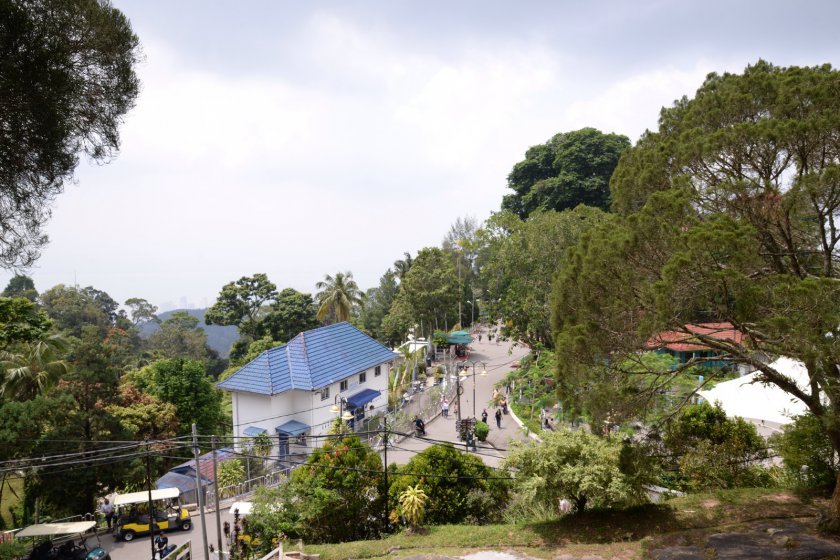GEORGE TOWN, Oct 16 — The research programme on Penang Hill for the Unesco Biodiversity Reserve application will turn the island state into a world-famous research site, said biologist Dr Margaret Lowman.
The American ecologist said even without the Unesco inscription, the area has the potential to become a famous research site due to the pristine forest on the hill.
“We are looking at a 130 million-year-old rainforest, so I think the opportunity to work here is not only globally important, but it will offer such an amazing chance for local students to have the opportunity to work with international scientists in long term research right here, in their own backyard,” she said in an interview with Malay Mail Online recently.
Lowman, better known as Canopy Meg for pioneering the science of canopy ecology, said there are also more new species waiting to be discovered in the rainforest up on Penang Hill.
“There will be lots of new species to be discovered simply because nobody has been up there,” she said, adding that last year, Universiti Sains Malaysia (USM) researchers discovered several new species after a brief few days of research.
Lowman will be bringing in more international scientists to be part of the research programme in partnership with USM researchers. The project is a state government project that is supported by Penang Hill Corporation and eco-tourism site, The Habitat, which is run by Creative Quest Sdn Bhd.
The Habitat managing director Allen Tan said the application for Unesco biodiversity reserve is not only about protection and conservation, but also about demonstrating how the site can be sustainably managed.
“It is to demonstrate how we can sustainably manage and interact with the natural world without exploiting and destroying it.”
“The social economic element of the study is a critical part of the application. It is not just the biodiversity segment, it is also demonstrating how we can co-exist in a sustainable and environmentally sustainable way,” Tan said.
The research will cover a large portion of Penang Hill and also part of The Habitat that covers 10.04 acres on the hill.
Tan said there will be a buffer zone and core zone, just like the Unesco world heritage site, for the proposed Unesco biodiversity reserve site.
“In the buffer zone, a lot of basic human activity will be allowed while in the core zone, the pristine rainforest will be maintained and human activity will not be allowed there,” he said.
He said they have yet to determine the size for the proposed reserve site, but it should cover a major portion of the mostly untouched portion of the rainforest on the hill.
He added that the application was also part of The Habitat’s commitment to turn the eco-tourism site into a world-class site and this is why they decided to rope in experts such as Lowman.
The Habitat is the newly opened eco-tourism attraction on Penang Hill that features a nature trail and upcoming attractions such as a treetop walk, viewing platforms, canopy walk and tree climbing.




















